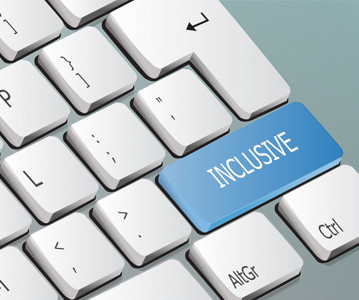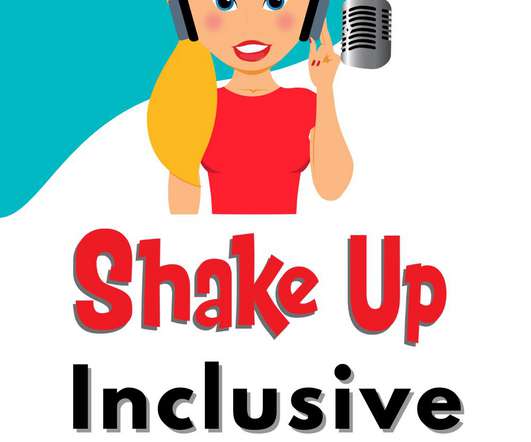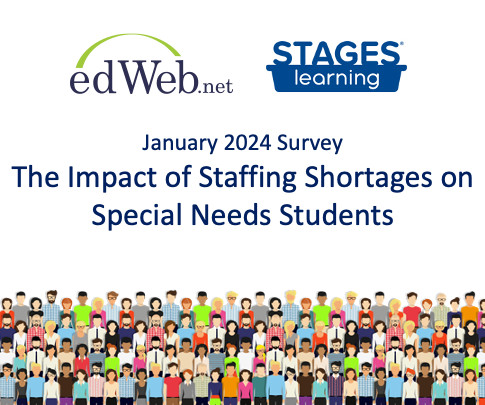Using Assistive Technology for Your Struggling Readers
edWeb.net
MAY 14, 2019
“What are you [teachers] doing right now so that your students have unhindered access to grade-level curriculum each day?” Eighty-five percent of what we learn we learn is by listening and students can listen and comprehend two grade levels above their reading levels. Bridging the Gap and Eliminating the Barriers.























Let's personalize your content